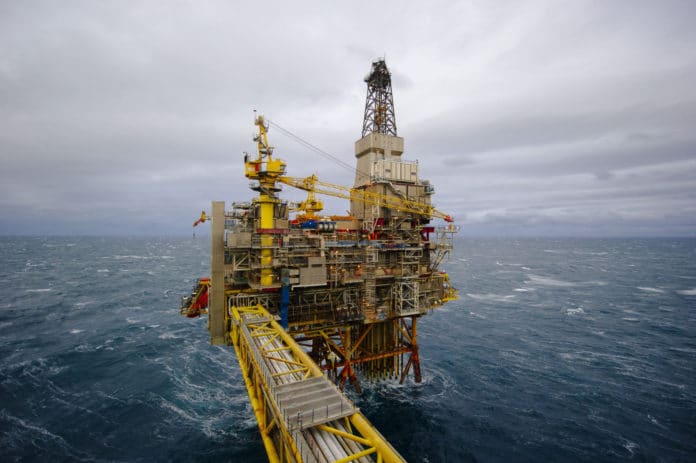Business is still looking pretty bleak for major oil companies in the midst of their third-quarter earnings season.
Exxon Mobil’s production sank to a 7-year low and it warned the company may be facing the biggest reserves revision in its history as it extended a run of profit declines. Chevron posted its first profit in a year while production fell short of expectations.
Two years into an oil-price slump that has forced companies to delay projects, cancel billions of dollars of investments and eliminate thousands of jobs, there are few signs of respite. Among Statoil, Eni, Total and ConocoPhillips, which have already reported, three posted a net loss and two did worse than analysts were expecting.
With BP and Royal Dutch Shell still to come, investors should be aware that unpleasant surprises still lurk, although there are some rays of light in the gloom.
Oil prices have almost doubled from the 12-year lows reached in the first quarter, but most producers still can’t cover their costs and make shareholder payouts without taking on more debt.
Brent crude, the international benchmark, averaged $46.99 in the third quarter and has risen to above $50 this month after a surprise pledge from the Organization of Petroleum Exporting Countries to cut production.
That’s not quite enough for French oil giant Total, which aims to cut spending to a level at which it can fund dividends from cash flow with crude at about $55 a barrel in 2017. Eni probably needs a price of $60 to achieve the same thing, Exane BNP Paribas said in a note. Statoil’s break-even could be as high as $65 next year, according to Jefferies.
ConocoPhillips was able to balance the books at current prices, with operating cash flow covering capital expenditures and dividends in the third quarter, according to Chief Executive Officer Ryan Lance.
Second-quarter oil earnings caught analysts off guard, with Shell, BP, Eni, Chevron and Exxon all reporting worse-than-expected results. Industry watchers have only fared slightly better this time.
In the third quarter, Statoil posted a surprise $261 million adjusted net loss as maintenance and exploration expenses compounded the impact of low prices. Eni’s 484 million-euro ($528 million) adjusted net loss for the period was more than six times bigger than analysts estimated as a “less favorable” environment hurt its refining, marketing and chemicals units, while gas and power recorded losses for a second consecutive quarter.
Total’s $2.07 billion adjusted net income was 7.3 percent above estimates, thanks to deepening cost cuts and a gain from the sale of a U.S. solar farm. ConocoPhillips posted its sixth straight quarterly net loss, which was smaller than analysts had expected.
Integrated oil companies were supported during crude’s collapse by a buoyant refining business, but they have lost that buffer as brimming fuel stockpiles swamp demand. Profits from turning oil into gasoline and diesel contracted 42 percent last quarter from a year earlier to an average $11.60 a barrel, the weakest for the time of year since 2010, industry data from BP show.
Exxon earnings declined 38 percent from a year earlier. BP’s profit is seen 62 percent lower and Shell’s results are expected to be little changed from a year earlier, according to analyst estimates compiled by Bloomberg.
One reason for optimism is that the industry’s costs are still falling.
Statoil now plans capital expenditure to be about $11 billion this year, down from an earlier target of $12 billion as it benefits from more efficient operations and cheaper goods and services. Total said it will reduce costs by more than $2.7 billion in 2016 compared with 2014, a deeper cut than its previous target of more than $2.4 billion.
Total is showing resilience to the downturn and “there’s a lot to like about the direction of travel” Marc Kofler, an analyst at Jefferies International, said in an emailed note.
ConocoPhillips said about two-thirds of the cost reductions it’s achieved so far will endure beyond the end of the current downturn. If all producers can match this, they would have the opportunity to rapidly boost profitability when prices recover.
“While earnings were disappointing versus expectations, the underlying performance implied positive progress,” UBS Group analyst Jon Rigby said in an emailed note about Statoil. “The key for the stock is further recovery in oil markets.”
—
Bloomberg’s Rakteem Katakey and Meenal Vamburkar contributed.






